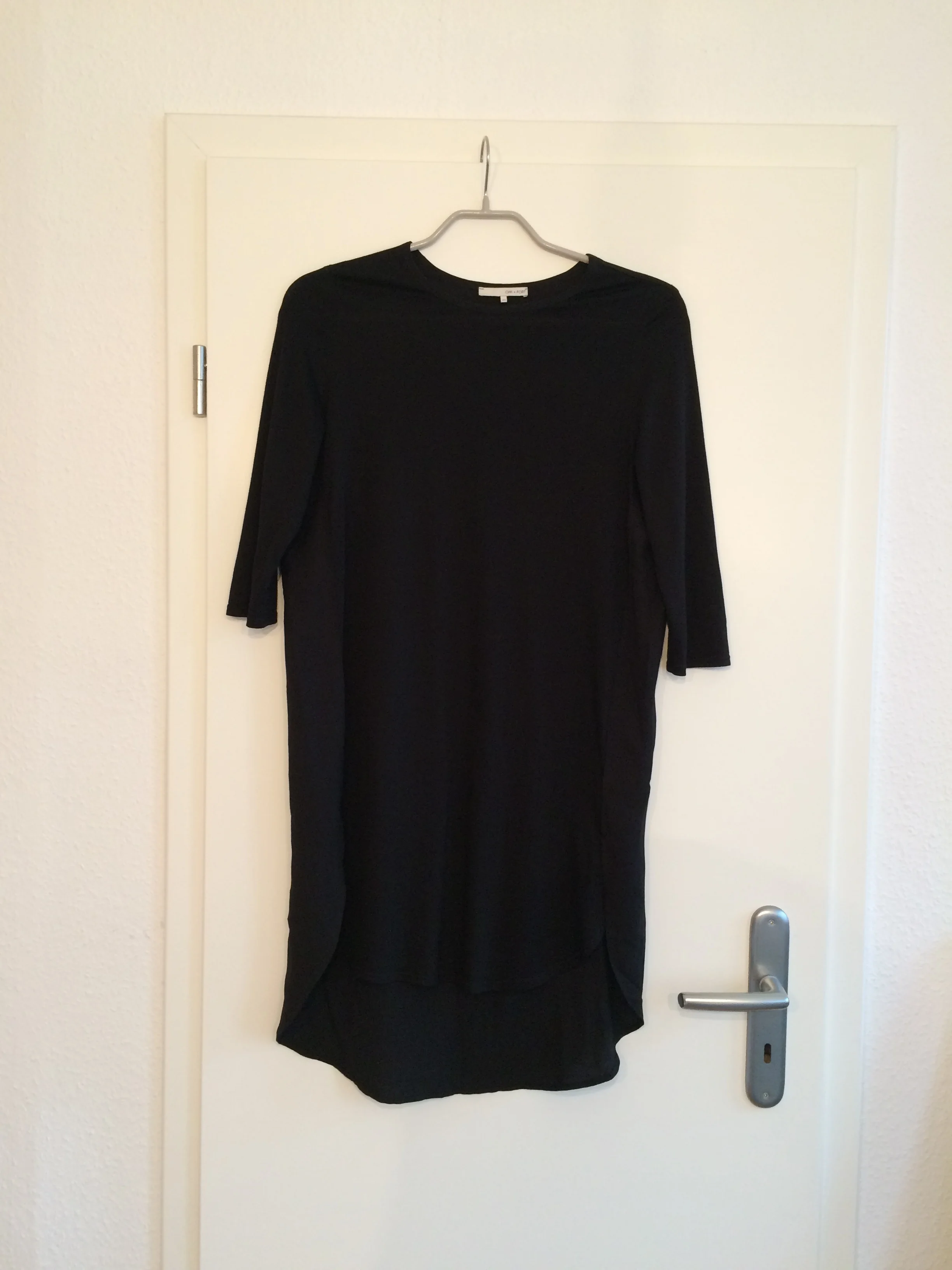An Ethnographic Probe consists of tasks or tools that help participants think of their environment in new ways, or reflect on existing habits or practices. This example was used to gain insight into participants' experiences owning, using and buying clothes.
An ethnographic probe is a research method that involves some sort of ‘diary’ completed by a participant over a set number of days (often between 1-2 weeks). This research method allows for a more intimate understanding of a participants experience of the research topic. When used over multiple days researchers can gain insight into a participant’s experience, and how it shifts given mood, context, and circumstance. Benefits in using ethnographic probes include a low barrier in terms of time commitment and presence. One of the greatest challenges is participants forgetting to complete the probe each day, and finishing it all in one setting. This can be addressed through daily reminders, and participant screening. I also aim to sign up 20% more participants than I require for the study, in case any of them are unable to complete the probe.
“I usually don’t like sharing clothes, especially the ones I particularly like...but I guess it is because a few times, the things got back to me damaged or dirty.”
PROCESS
I conducted an ethnographic probe that gathered information on participants emotional and behavioral relationship to clothing. The probe was sent to 12 individuals, 6 were completed. While the participants were all between the ages of 23 and 35 they were spread out between Canada and Europe.
Participants were given two weeks to complete the probe and return all images and written documentation. Participants sent materials back via email. Follow up interviews or emails were conducted with select participants to gain further insight and clarify their responses
OBJECTIVES
Identify personal behaviours and habits around owning, using, and buying clothes
Identify how an individual's surroundings influence their consumption
Identify triggers that lead to consumption
PARTICIPANTS
6 Participants
Ages 23 - 35
5 female, 1 male
Professions include: teachers, designers, retail staff, students
RESULTS
The insights gathered fit into three main categories. Participants provided information on their emotional and behavioral activities and experiences with garments, as well as triggers that lead to certain decision making or behavior related either to purchasing, using, or disposing of clothing.
These triggers were the most engaging part of the research as they informed me about different aspects needed to shift the user experience of engaging with fashion. Triggers included things like having an open wardrobe influences the colours of the garments that a user buys, or that digging through an overstuffed dresser prevents a user from wearing the majority of their clothing. There was also significant reference to how external factors influence the clothing we buy and wear, including being in a new city, wanting what your friend has, and trying to acclimatize to a new experience (job, special event, etc).

















